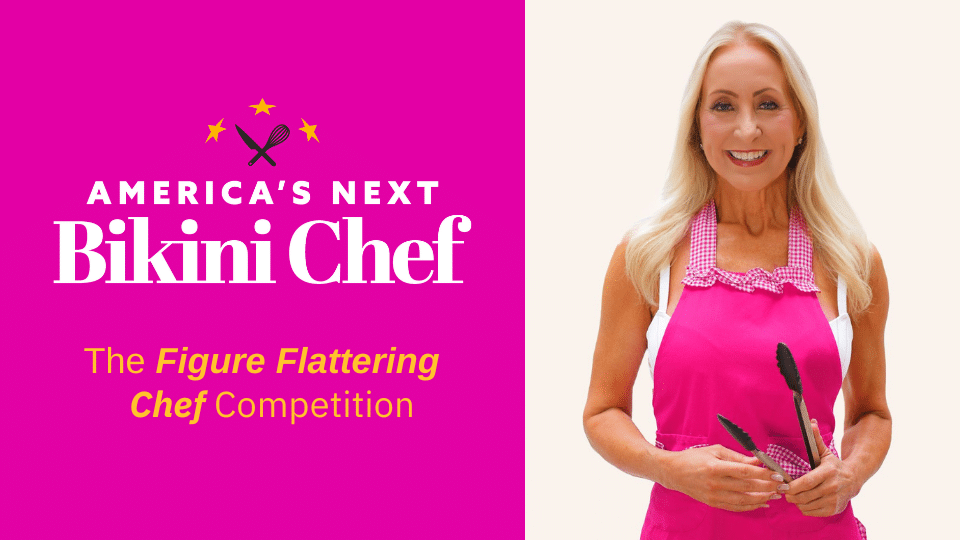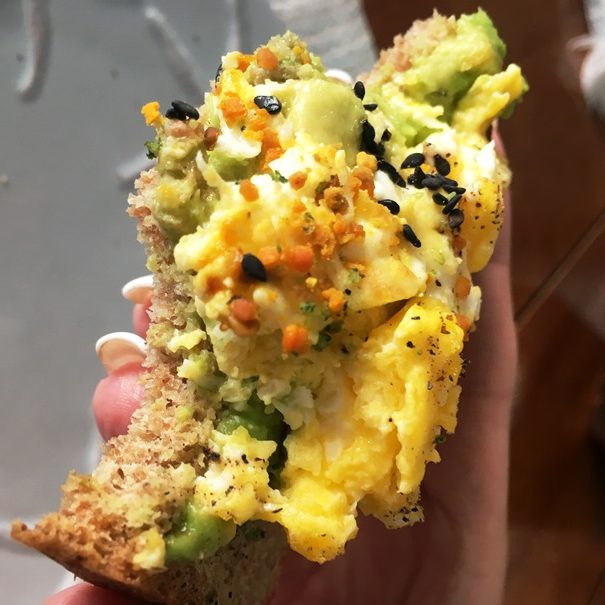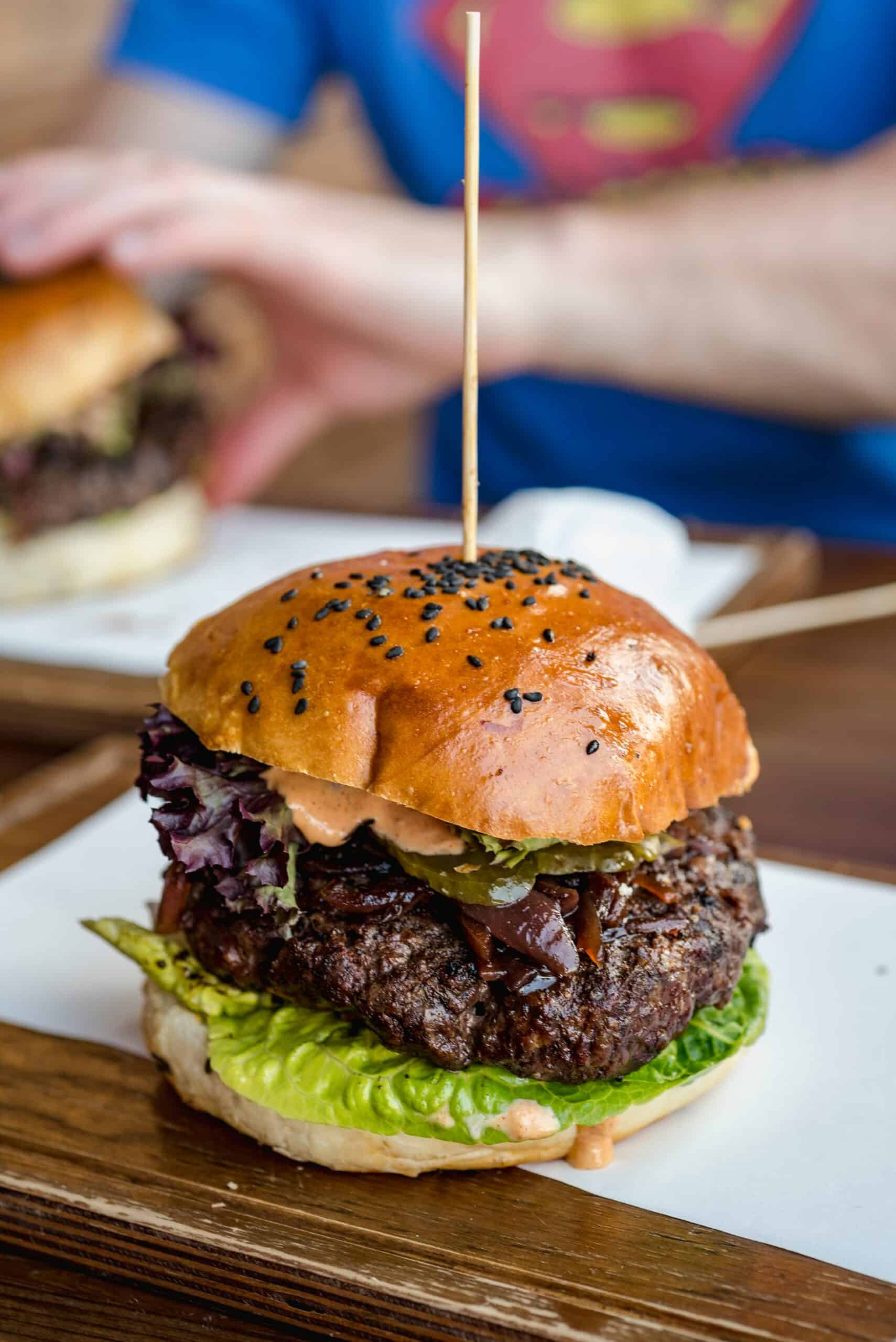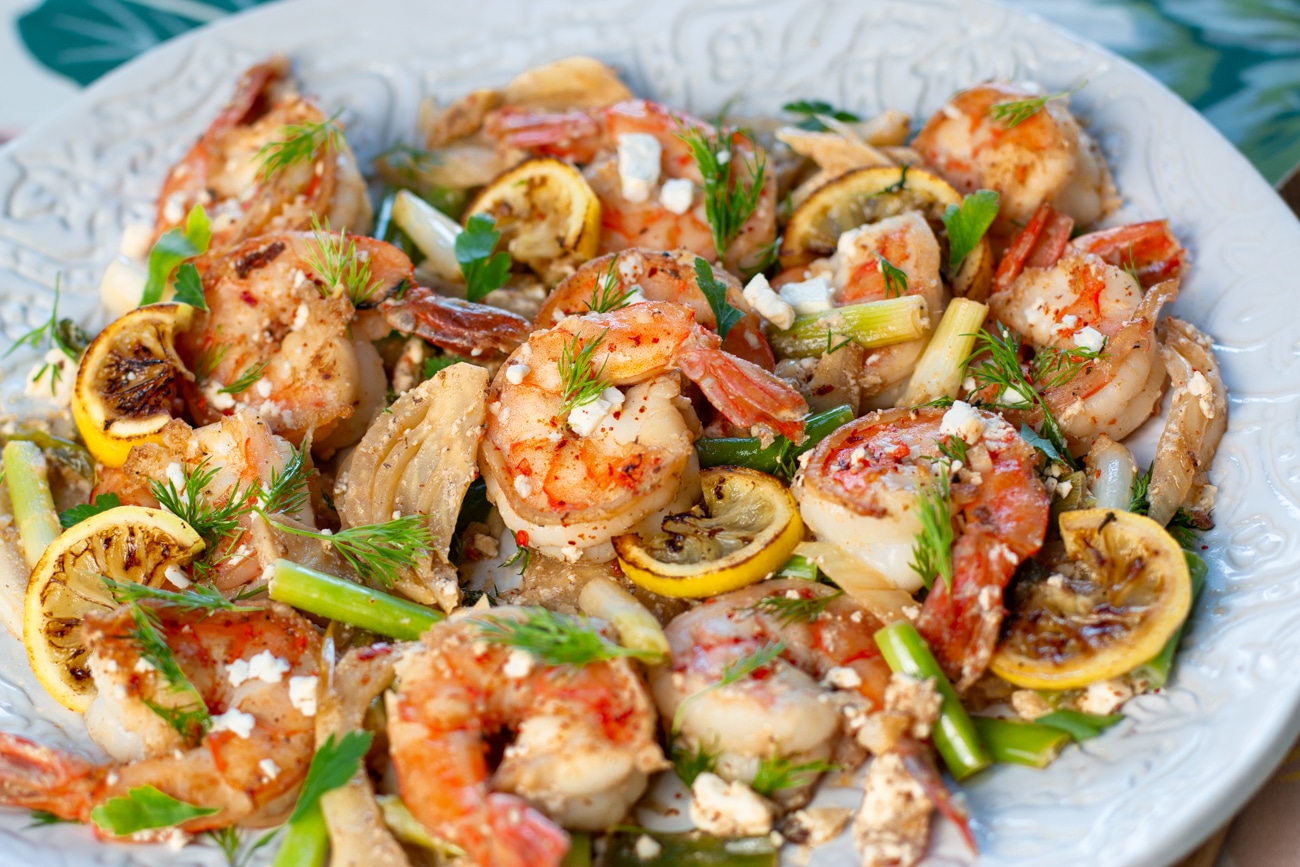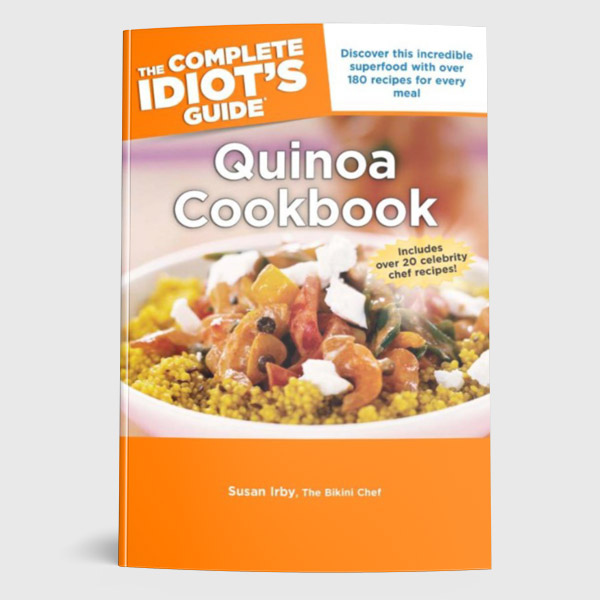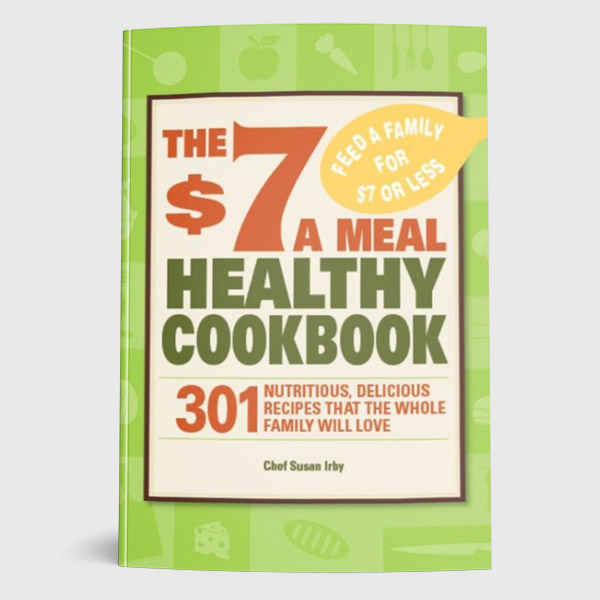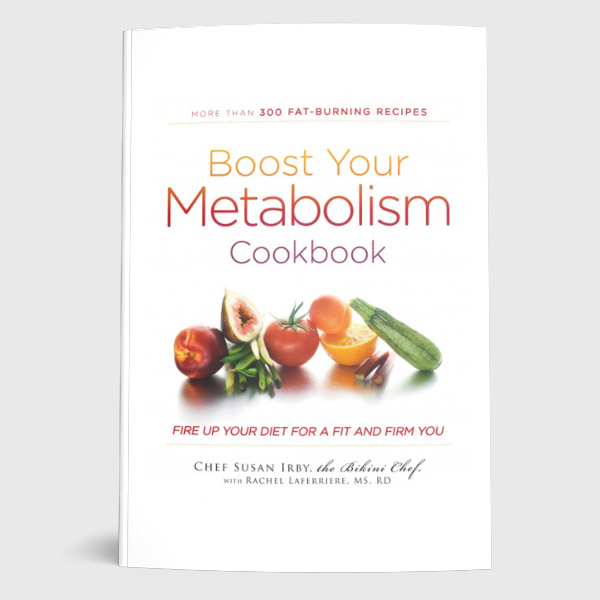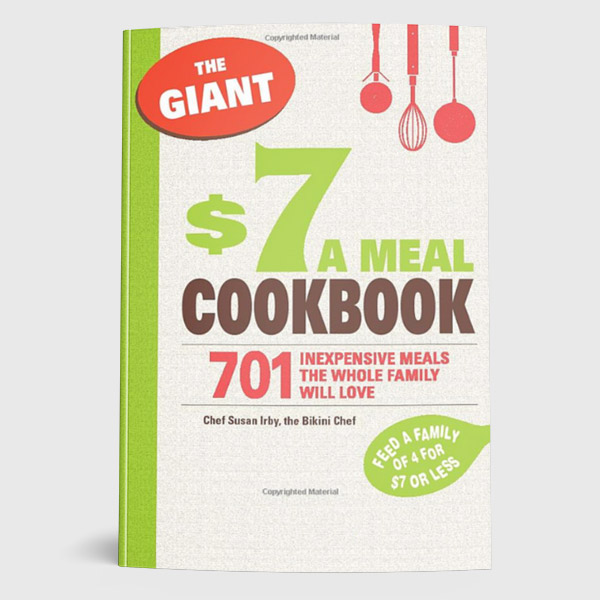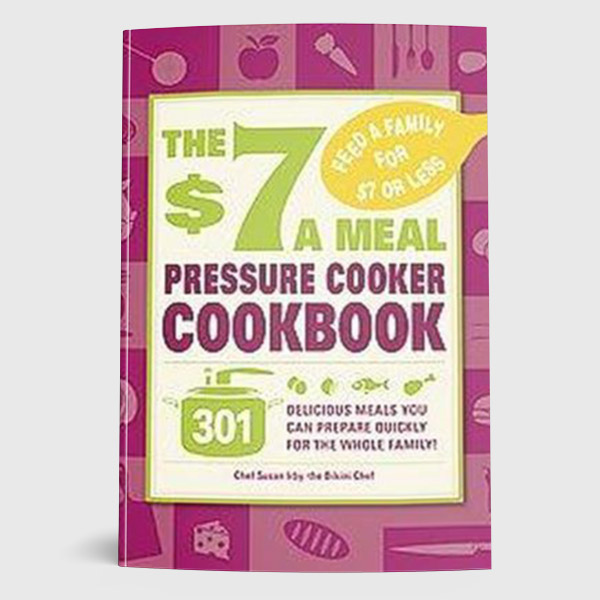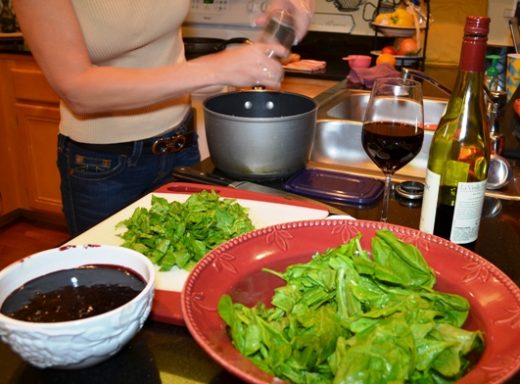
Salads are perceived as healthy and they should be, but all too often, ordering a plate of healthy mesculan greens at a restaurant or even beginning with good intentions by making salads at home results in a plateful of would-be-healthy lettuce lost in a sea of creamy dressings, high fat cheeses, and carb loaded croutons. What starts out as a simple, delicious concept often gets clouded by too many added toppings in un-realistic portion sizes which equates to diet-busting figure-unflattering high calorie, high fat meals. There’s no need to stress. There are a number of ways to reduce the fat and calories, boost nutritional values and still enjoy delicious flavor in some of your favorite salads. Here are a few nutritional facts about some of the most commmonly ordered restaurant salads and tips on how to handle them so you can stay on #SOBikini track.
Top 5 Diet Busting High Fat Salads to Watch Out For:
1. Taco Salad: Tex-Mex salads are rarely light as they are piled high with full fat sour cream, guacamole, creamy bottled dressings and topped with cheddar cheese and tortilla strips. To make matters worse, they are commonly served in a fried taco shell bowl! The typical Tex-Mex salad tops the calorie charts at around 1,700 + calories and is loaded with sodium and saturated fat. Next time you order a taco salad, skip the fried taco bowl and go for these toppings instead: fresh kernel corn, fresh avocado slices, anti-oxidant and fiber rich black beans, reduced fat cheddar cheese (or, skip the cheese altogether) and hold the ranch – request a vinaigrette based dressing on the side.
2. Caesar Salad: Traditional Caesar salads are very calorie dense because of the high amounts of oil used in most recipes. But there are other hidden culprits as well. A creamy Caesar dressing is commonly made from eggs, cheese, and mayonnaise and is very high in saturated fat. Add to that, most Caesars are tossed with at least 1 cup of croutons which are usually basted in oil or butter before they’re baked making them not only high in fat and calories, but they provide little to no positive nutritional value. A typical restaurant Caesar salad, without chicken, has roughly 170 calories per cup and serving sizes can be upwards of 4 cups making the standard dinner plate Caesar 700 calories or more and containing roughly 56 grams of fat. When ordering a Caesar at a reastaurant, skip the croutons, for sure, ask how the dressing is prepared, and ask if the parmesan cheese is freshly grated or “canned”. If the answers are the dressing is made with mayo or pre-bottled preservative filled dressing and made with canned parmesan cheese, order a fresh mixed green salad with a balsamic vinaigrette instead and make your own Caesar salad at home, where YOU control the food. If you need a yummy recipe, just ask! I have many in my cookbooks and will post my classic version soon.
3. Cobb Salad: The Cobb is not a low-calorie salad. Half of the average medium avocado has 160 calories and 13 grams of fat (yes, I know it’s healthy fat but you can have too much of even healthy fat), two medium slices of bacon have an average of 208 calories and 20+ grams of fat, 1 ounce of Roquefort cheese contains 100 calories and 8+ grams of fat, the average large hard-boiled egg contains about 80 calories and roughly 5 grams of fat, and 2 tablespoons of the typical French dressing contains 180 calories, 6 grams of fat, and 2 grams of sugar. That totals roughly 728 calories and a whopping 98 grams of fat – not including the chicken breast which thankfully, is one of the healthier ingredients in this salad. Based on the USDA recommendations of a 2,000 calorie diet for the average adult, that’s not too far from half the daily recommended calories but the most staggering element of all is the fat. The daily recommendation for fat in a healthy diet is no more than 78 grams of fat per DAY. One serving of this salad and you’ve blown your fat quota for the day and then some. Embrace these words – “It’s not worth it”. Find something else to order off the menu such as grilled salmon over arugula greens, perhaps, and make a slimmed down version at home with homemade red-wine vinaigrette, use feta cheese and in smaller portions, half the egg, and only a crumble of bacon. If you simply must have this salad, share it with a friend or two and be prepared for extra cardio tomorrow! Dining alone? Ask if you can order 1/2 the portion. Or, when the salad is served, ask that it be served with a to-go container and immediately put half of it away. Lunch tomorrow, or give it to your neighbor.
4. Asian Chicken Salad: As much as we love our Asian Chicken Salads, most often they are made with breaded fried chicken, crunchy fried wonton skins, high-sugar canned mandarin orange slices, and sweet and sour dressing. Packing in a loaded average of 33% fat and 50% sugar spiking carbs, a well kept secret, many restaurant varieties can contain more fat, carbs, and sugar than three glazed donuts. Ick! A #SOBikini figure flattering buster for sure. When ordering, ask how the dressing is prepared – is it prepared fresh or is it bottled? If the dressing is made fresh in-house, ask if they can prepare it with little or no sugar. If not, then select another vinegar based dressing such as balsamic or apple cider vinegar and request the dressing be served on the side. Also, request the salad served without the fried wontons or order them on the side, and request the chicken be grilled, not breaded and fried. At first, making special requests may feel uncomfortable, but as a culinary professional in the industry, chefs aim to please and grilling chicken as opposed to frying and serving items on the side are not extraordinary requests. Don’t be afraid to speak up… you may be surprised that others in your party would enjoy a lighter version, too, and pretty soon, the restaurant just may add lighter fare to the menu!
5. Creamy Seafood Salad: Ordering seafood when dining out can be a great idea when it comes to your health but it’s all in how the dish is prepared. One popular seafood favorite is the Seafood Salad. These salads can be tricky when it comes to healthy ingredients so pay special attention to the menu description and be prepared to ask questions. Most shrimp and seafood salads are tossed with heaping spoonfuls of mayonnaise. Even others are tossed with mayonnaise AND served with a creamy dressing. It’s these types of ingredients that really are not that necessary and are blowing your healthy #SOBikini goals. Mayonnaise and creamy dressings are typically used with a heavy hand and mask the flavors of the foods. Other ingredients, such as avocado, cashews, pine nuts, while healthy for you, are often piled high in portions you could survive on all week. A recent nutritional analysis of a creamy seafood salad came in at an astounding 68 grams of fat per serving – pretty much your recommended amount of fat for the entire day. Don’t blow it in one meal. If it is seafood you are craving, look for salads that are not mayonnaise based and have no added creamy dressings. Go for salads that are heavy in greens and are served more “cocktail shrimp” style with a red sauce (be wary of high sugar ones!) instead. Most red sauces contain horseradish which is not only a metabolism booster but is terrific for your immune system. When making seafood salads at home, substitute lower fat mayonnaise or plain greek yogurt mixed with a little dijon mustard and lemon juice. Delightful to your tastebuds and your waistline. Dining out, always order dressings on the side and remember that to-go container? Set aside half of that dinner sized salad for yes, dinner! Look for ingredients such as cucumber, red onion, fresh tomatoes, and fresh herbs which add flavor with very few calories, zero fat, and essential nutrients.
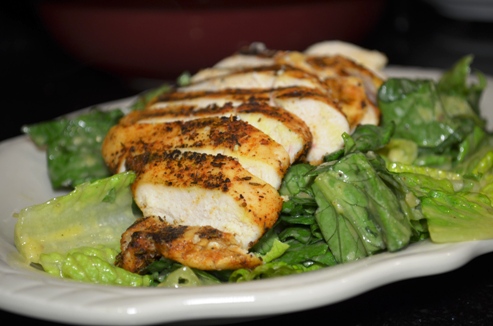
Salad or not, begin to visualize foods from a nutrient dense perspective. Think before you eat… What am I eating? Are these foods going to pack the most nutritional punch for my calorie and fat intake? Are my tastebuds going to be satisfied or am I going to end up with an unbalanced blood sugar level which is going to lead to unhealthy food cravings later? Think… is it worth it, really? What ingredients can I do without that will lighten up this dish?
Buon appetito and as always, sending you gourmet wishes and flattering waistlines,
Susan
